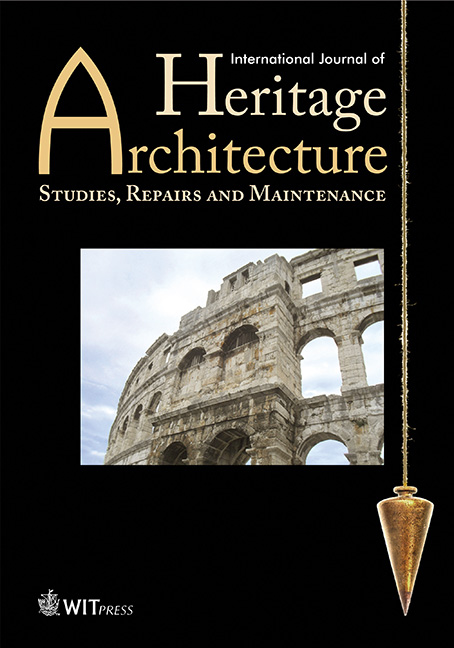ANALYTICAL STUDY OF THE MIHRAB DOME AT CORDOBA’S GREAT MOSQUE AND THE DETERMINATION OF ISLAMIC PRAYER TIMES IN THE UMAYYAD PERIOD
Price
Free (open access)
Volume
Volume 1 (2017), Issue 3
Pages
10
Page Range
483 - 493
Paper DOI
10.2495/HA-V1-N3-483-493
Copyright
WIT Press
Author(s)
REEM FAROUQ ALSABBAN
Abstract
This research addresses the correlation between the architectural design of the Mihrab dome at Cordoba’s Great Mosque and the determination of daytime Islamic prayer times in the Umayyad period. The dome was built in the 10th century during the rule of Caliph Al-Hakam II ‘Al-Mustansir Billah’, who was known for his interest in sciences, specifically in the field of astronomy. The vast development of astronomical sciences during the Umayyad Caliphate, alongside the engineering sciences, helped in building the dome. This research provides an architectural analysis of the dome of the Great Mosque, the surrounding internal spaces and the interior design of the mosque. The research also provides a solar analysis around the dome supported by multiple field visits to the mosque to determine the relationship between sunlight and the mosque and how this relationship resulted in determining prayer times. To prove the correlation, a simulation analysis was applied using Autodesk software and Photoshop. Additionally, the sun path diagram was used to develop a concept from an engineering perspective. The analysis has shown that at the time of Dhuhr prayer (at noon), the window facing the sun reflects a beam of light that passes through the arches nearby the dome and illuminates the crown of a specific column inside the mosque, thereby announcing the prayer time.
Keywords
Al-Andalus, Cordoba mosque, design, dome, Islamic architecture, Mihrab, Umayyad period




